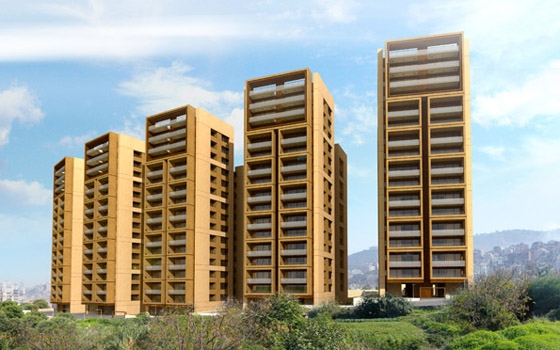The Central Bank told Lebanese commercial banks to allocate $1.45 billion to activate lending to the productive sectors with low interest rates and up to 10 years maturity.
The memo was sent by the Central Bank this week in an attempt to stimulate the economy with special emphasis on the productive sectors.
According to this memo, the Central Bank will give credit facilities to commercial banks with 1 percent interest and this will allow the banks to provide soft loans to applicants with an interest rate not exceeding 5 to 6 percent.
Central Bank Governor Riad Salameh has mentioned previously that he intends to institute a series of measures this year to revive the struggling Lebanese economy.
One of the measures introduced is injecting cash into the local market in order to boost the purchasing power of Lebanese consumers.
The move would also bolster growth after the country’s GDP fell below 2 percent in 2012.
Borrowers who qualify for these loans will have a two-year grace period to help them pay the rest of the loans without enormous pressure.
The ceiling for housing loans was also raised to $530,000 while the maximum ceilings for the businessmen and traders stood at $200,000.
Both medium and large banks will benefit from this line of credit.
Those who benefited from the state-run Kafalat program will not be eligible to apply for the new loan plan launched by the Central Bank in collaboration with the commercial banks.
Experts believe that Salameh’s bold program would boost GDP growth by 2.5-3 percent annually.
Banks which lend to their customers directly are obliged to monitor the use of these loans in order to ensure that the money is used solely for specific purposes and not for personal reasons.
This move comes after a series of setbacks the Lebanese economy went through over the past two years.
Most of the economic indicators were negative this year as tourism plunged by more than 25 percent while the balance of payments registered a deficit of $2 billion.
Cement deliveries and construction permits also fell in volume and value although revenues from real estate transactions rose slightly due to the big jump in the prices of properties over the past five years.
The Central Bank action came to compensate the drop in the special funds which are part of the commercial banks’ mandatory reserves.
The law stipulates that Lebanese banks should place 15 percent of their deposits in Lebanese pounds at an account at the Central Bank.
Out of this $6.6 billion mandatory deposit at the Central Bank, $5.5 billion or 90 percent were used.
Lebanese banks have one of the highest liquidity ratios in the world and many leading bankers have repeatedly said the excess cash is waiting for new investments in the country.
The memo has placed a big emphasis on financing new projects in Lebanon such as environmentally friendly energy projects.
Salameh would like to promote alternative and cheap energy to enable investors and industrialists run their plants and businesses at a minimum cost.
The state-run Kafalat institution said loan guarantees to small- and medium-sized enterprises provided by the agency declined 16.4 percent in 2012 to $138 million, down from $165 million a year earlier.
The number of loan guarantees decreased to 1,025 in 2012 from 1,272 in 2011 while the average loan size increased from $129,720 to $134,553.
Mount Lebanon accounted for 41.4 percent of guarantees, followed by south Lebanon with 21.7 percent.
The Bekaa and north Lebanon accounted for 17.5 percent and 13.6 percent, respectively.
SMEs in Beirut received 6.1 percent of loans.
The Daily Star
20 January



















































































